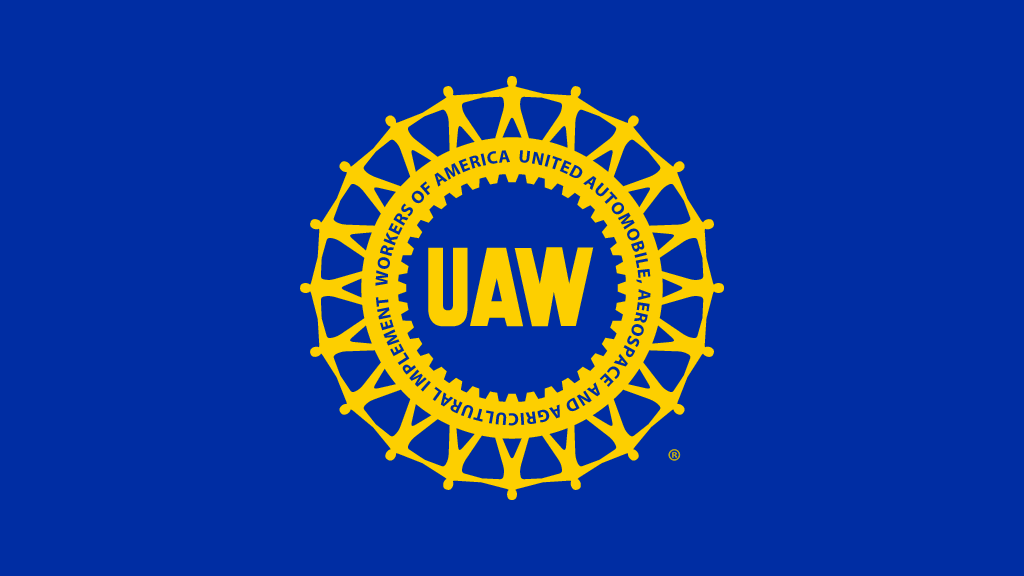

Global HR News
Global HR News
Labour Relations
The UAW says its strike ‘won things no one thought possible’ from automakers. Here’s how it fared
October 31, 2023
By
The Associated Press

The United Auto Workers won at least partial victories on many of the key demands that led to the six-week strike against Ford, General Motors and Jeep maker Stellantis.
The union has given some details of the deals, including a detailed explanation of the agreement it reached with Ford. The agreement is expected to become the model for later settlements with GM and Stellantis. Rank-and-file UAW members must ratify each contract before it takes effect.
“We won things no one thought possible,” UAW President Shawn Fain said when he announced the tentative agreement last week.
The union represents 57,000 workers at the company, and about 16,600 of them were on strike. Here are the key terms of the agreements, as detailed by the union:
PAY
The tentative agreements call for 25% increases in pay by April 2028, raising top pay to about $42 an hour, according to the union. That starts with an 11% boost upon ratification, three annual raises of 3% each, and a final increase of 5%. The UAW said restoration of cost-of-living increases, which were suspended in 2009, could boost the total increases to more than 30%.
The union initially asked for 40% increases, but scaled that back to 36% before the strike started Sept. 15. Ford’s last offer before the strike was 9% more pay over four years. More recently, Ford, GM and Stellantis were all offering 23% total pay increases.
For historical comparison, the union said its workers saw pay increases of 23% for all the years from 2001 through 2022.
BONUSES
The deals include $5,000 ratification bonuses.
TEMPORARY WORKERS
The union said Ford’s temporary workers will get pay raises totaling 150% over the life of the deal, and workers at certain facilities will also get outsized raises. The temporary workers will also get the ratification bonuses and will get profit-sharing starting next year, officials said.
BENEFITS
The companies did not agree to bring back traditional defined-benefit pension plans or retiree health care for workers hired since 2007. But they agreed to increase 401(k) contributions to about 9.5%.
SHORTER WORK WEEK
The UAW asked for a shorter work week — 40 hours of pay for 32 hours of work. It did not get that concession.
WORKER TIERS
The union said Ford and GM agreed to end most divisive wage tiers, a system under which new hires were put on a less attractive pay scale. Fain and union members had highlighted the issue, saying it was unfair for people doing the same work to be paid less than co-workers.
CLIMBING THE LADDER
The agreement shortens the time it will take workers to reach top scale, to three years. It took eight years under the contract that expired in September.
RIGHT TO STRIKE
The union said it won the right to strike against any of the three companies over plant closures. The automakers had rejected the proposal at the start of talks.
UNION ORGANIZING
The agreements with Ford, GM and Stellantis could give the UAW a boost as it seeks to represent workers at nonunion plants in the U.S. that are operated by foreign carmakers and Tesla, as well as future plants that will make batteries for electric vehicles.
The union said Ford agreed to put workers at a future battery plant in Michigan under the UAW’s master contract, and GM agreed to do so with work at Ultium Cells, a joint venture between the company and LG Energy Solution of South Korea.
Fain vowed Sunday that the union will “organize like we’ve never organized before” at nonunion plants.
“When we return to the bargaining table in 2028, it won’t just be with the Big Three but with the Big Five or the Big Six,” he said in an online message to union members.
Print this page